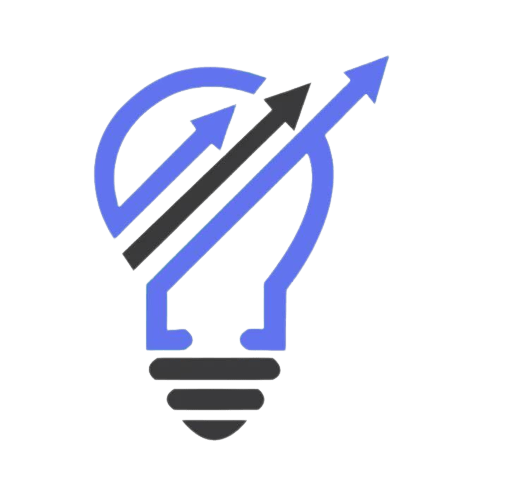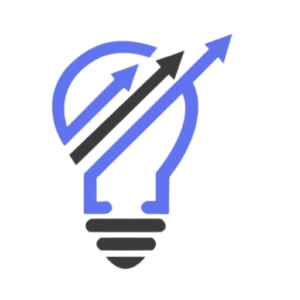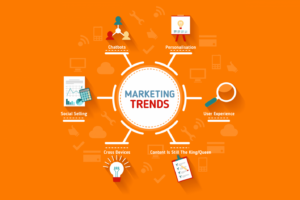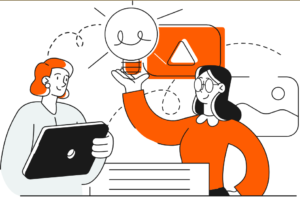From Christopher Strachey’s AI-driven checkers program to Generative Pre-Trained Transformer’s high productivity, artificial intelligence has taken humongous strides in its due course. Using machine learning, natural language processing, robotic process automation, and other aspects, AI powered robots have the power to manage outcomes as required by individuals and businesses.
AI-Based Robotic Inventions
Autonomous Mobile Robots (AMR) are the latest invention of humans. These machines work independently, navigating joint environments without the need for human intervention. This robot carries a multitude of advanced features, such as environmental analysis, task execution, and making prompt decisions.
Like AMRs, AI Robots for Surveillance are also designed to operate autonomously; these machines can monitor environments, take images, and collect samples for analysis and research. Remember Perseverance Rover, the robot that landed successfully on the Martian surface in 2021? This machine spent 3 years and 1 month on the red planet, where it drilled the surface and collected rock samples, set aside in a cache for future missions to manage. Curiosity, another AI powered robots, landed on Mars in 2012 for the same purpose.
Collaborative Robots, also known as Cobots, are designed to work in coordination with humans. In most applications, a cobot is responsible for short, menial tasks periodically. Their precision, repeatability, and uptime complement the problem-solving skills and intelligence of a human. Cobots have rounded edges, force limitations, and low weight.
Entertainment Robots are made to evoke emotional responses. These machines take several forms, such as toys, automated creatures, clowns, etc. Some of the renowned AI powered robots in the media industry are:
- RoboTheSpian
- Na’vi Shaman
- Partner
Delivery or Starship Robots can move around a specific vicinity, providing package delivery for businesses and customers. It can carry accessories within a 6km radius. These AI powered robots are equipped with AI, sensors, and mapping systems to manage maneuvering and the world around them. They weigh approx. 100 pounds. Parcels are delivered from dept. stores on customer requests via mobile app.
Medical robots are constructed to work on different tasks in the healthcare industry. These machines are found in operation theaters, ambulances, and common wards. They possess expertise in handling complex cases independently. Likewise, they can assist surgeons in live operations. Examples include the Da Vinci Surgical System.
Famous Robotic Revolutions & Inventions
1. Baxter
Rethink Robotics came up with an innovative idea of assisting factory workers in completing tasks in due time. Baxter, an AI powered robot, was developed with the sole purpose of increasing productivity: Its advanced features and sensors permit a safe working environment without the need for any additional protection. However, it is a high-end product compared to other similar machines.
2. Talon
Talon was developed by Foster-Miller Inc. Primarily designed for military excursions, this robot was used in different combat situations, including reconnaissance and bomb disposal. Talon has saved thousands of lives by assisting soldiers to finalize their tasks without much hassles. Following are some of its features:
- Carry Equipment and Payloads
- Operated Remotely from a Safe Distance
- Equip with a Variety of Sensors and Tools for Different Applications
3. Kismet
Developed by MIT Lab, Kismet is created to simulate human emotions and interactions. It is designed to interact with humans socially. It can replicate human emotions and facial expressions. Lastly, Kismet has advanced speech recognition and natural language processing abilities. This AI powered robots is used in educational institutions for teaching pupils about itself! Yes, robotics and artificial intelligence!
4. NAO
Made by Aldebaran Robotics, NAO is a humanoid machine designed for education and research work. It can be programmed to perform a variety of tasks, such as role-playing scenarios, pronunciation exercises, and interactive dialogues. Also, it teaches various subjects like robotics and programming to students. With regards to research, it is used to develop advanced algorithms for human-robot interaction.
The potential applications of AI powered robots are limitless. Through continuous learning and adaptation, these machines can evolve their capabilities over time, helping humans in different industries, such as healthcare, manufacturing, entertainment, agriculture, etc.
So, what do you think of AI powered robots for the future? Will they be counted as a reliable human resource or not?









